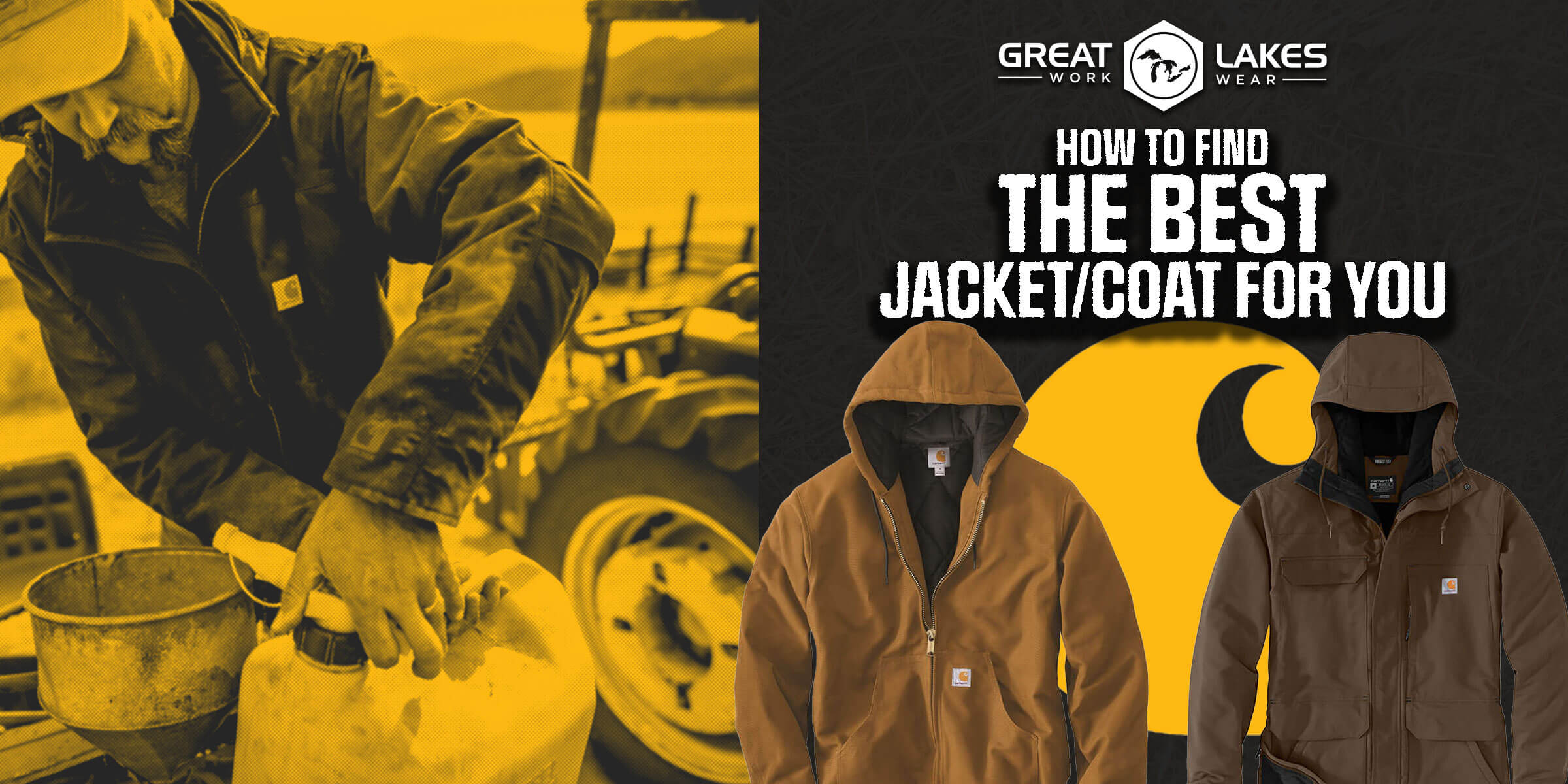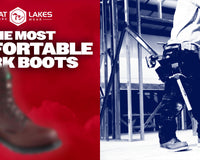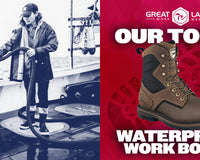It’s no secret that there are so many styles of jackets. With all of these various styles used for jobs and different activities, how do you find the right one for you?
There are many questions to ask yourself when buying a new jacket for work. Let’s take a look at some of the questions below to find out some of the advantages and disadvantages of all the various styles.
Coat or Jacket?
Although it may seem that coats and jackets are the same thing, they are actually pretty different.
Jackets typically extend to your waist, making it easier for you to get your hands in and out of your pant pockets. While coats typically extend to the bottom of your pant pockets or further, covering more area. So which is better? It all depends on what you’re looking to get out of your jacket/coat.
Having a long coat get have might be nice for those who do not want to get any wind up their back when bending over or doing other activities. For others, a long coat might get in way and will not give them the flexibility they need. It’s important to remember that if you are someone who likes wearing short coats but don’t want skin exposure, wearing bibs under your jacket will cover most of your body!
 |
 |
Type of Lining?
There are multiple types of linings in outerwear, such as blanket lining, sherpa lining, quilted lining, etc. All of which have its benefits, based on how you like to layer.
If you strategically wear multiple layers during the day, so you can peel them off when you get warm or layer more if you get cold, then the lighter linings might be best for you. The blanket and thermal lining are the two lightest linings offered by Carhartt. These will be the jackets you can use during the chilly spring/fall mornings with nothing more than a short sleeve shirt underneath, or during the below zero days during winter with your thermals, long sleeve shirt, sweatshirt, and jacket over top.
If you typically don’t pull your jacket out of the closet unless its below 30, then you may want to go with a heavier lining, like sherpa or quilt. These are the heavier of the linings offered by Carhartt and are going to be plenty warm during the cold winter months with just a long sleeve shirt underneath. These linings are perfect if you’re outdoors all day long and don’t like having too many layers, or if you’re outdoors for short periods of time and don’t need all the layers on indoors.
 |
 |
 |
With or Without a Hood?
This question all comes down to preference. You could go with a jacket/coat with, without, or with a removable hood. Obviously having the removable hood would be the preferred, since it’s the best of both worlds.
 |
 |
 |
Elastic Waistband?
The elastic waistband can make or break a jacket for some people. The elastic waistband is perfect to keep the weather out from underneath your jacket. Although, it also can be a nuisance. Raise your arms while working? Be prepared to possibly pull the jacket every time it pulls up and stays from the elastic. Again, it all comes down to preference.
Type of Outer Shell?
The outer shell can be just as important of a decision as the lining. If you get the wrong shell on the jacket, you may end up with something that gets snagged and ripped on the first day. It can also be the difference of having to break the jacket in or wear it from the job site straight out of the bag.
The standard super durable Carhartt jacket everyone loves has a 100% ring-spun cotton duck shell. This shell can take abuse, time after time, year after year. The only downfall is this jacket isn't waterproof.
The cotton/polyester blend is considered to be the best of both worlds. Although it is lighter in actual weight compared to the duck shell, it can be just as durable. This shell is all about flexibility and durability. Most of these blended jackets are treated with water repellency to keep you dry and the snow from sticking.
The nylon shell is a very lightweight shell and is typically offered in jackets more considered for the fall/spring. The nylon also is water repellent enough for most to be considered a rain jacket. This shell is all about being lightweight and flexible.
 |
 |
 |
With all of the different variety of jackets/coats, there is sure to be one that is perfect for whatever type of work you do.





